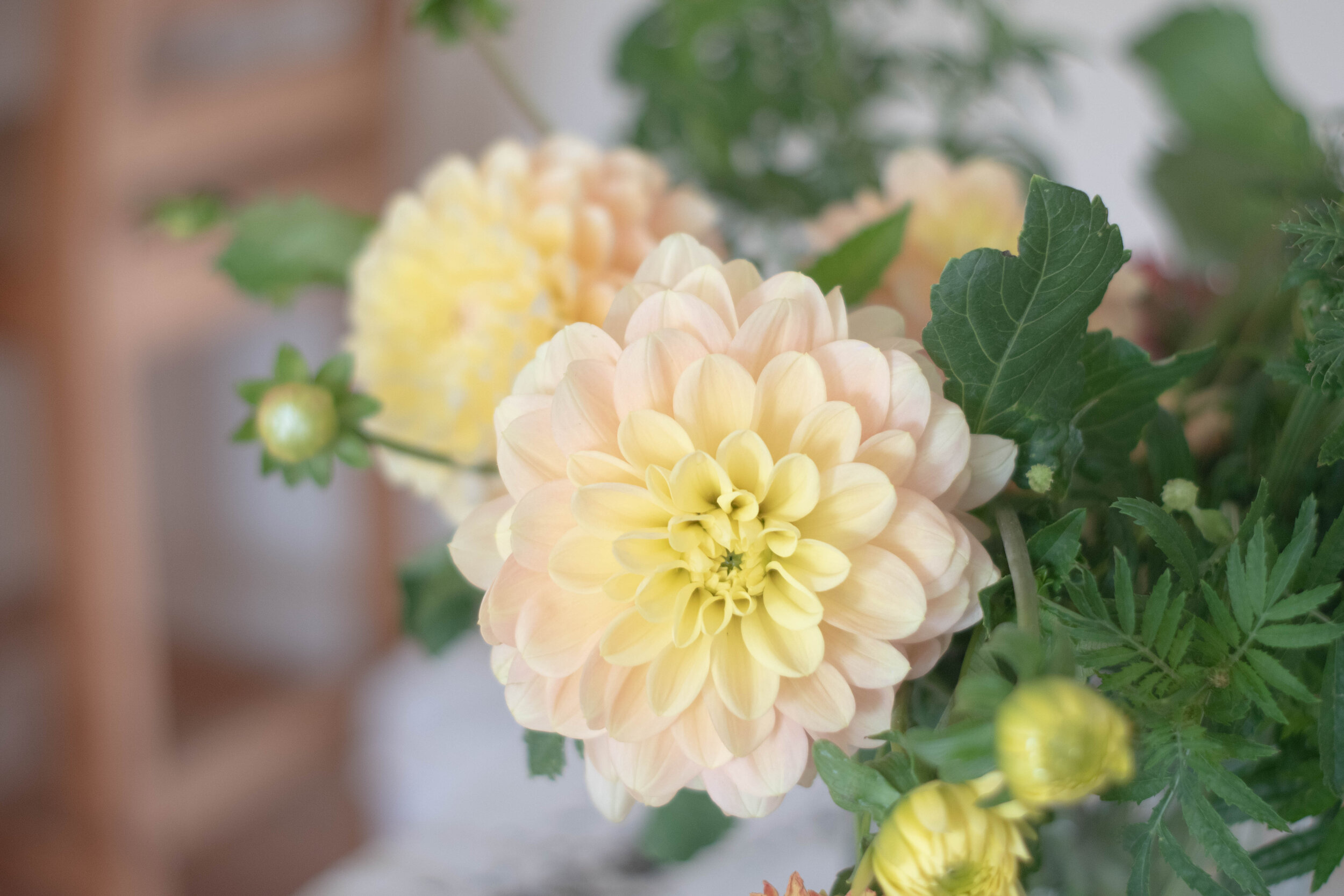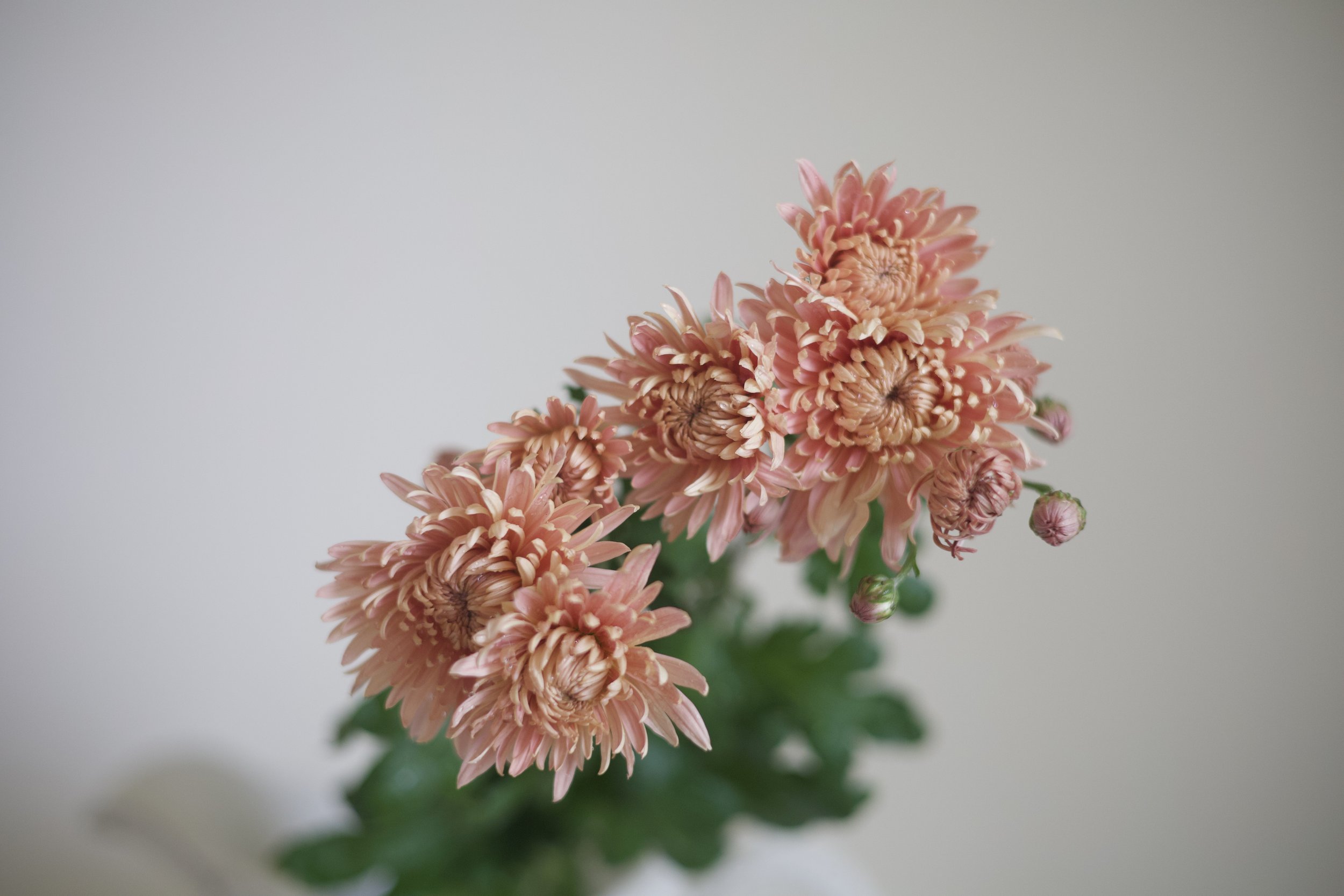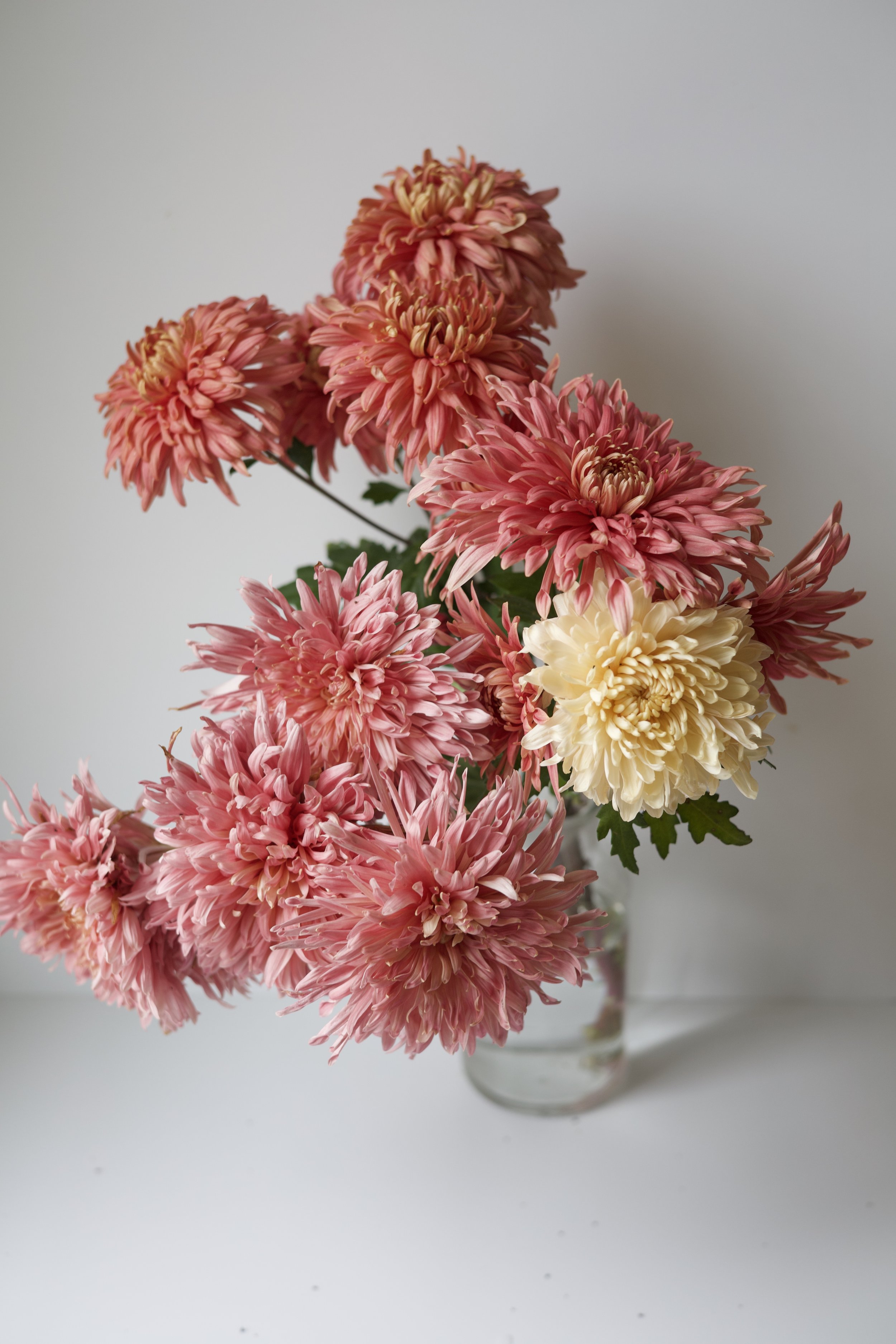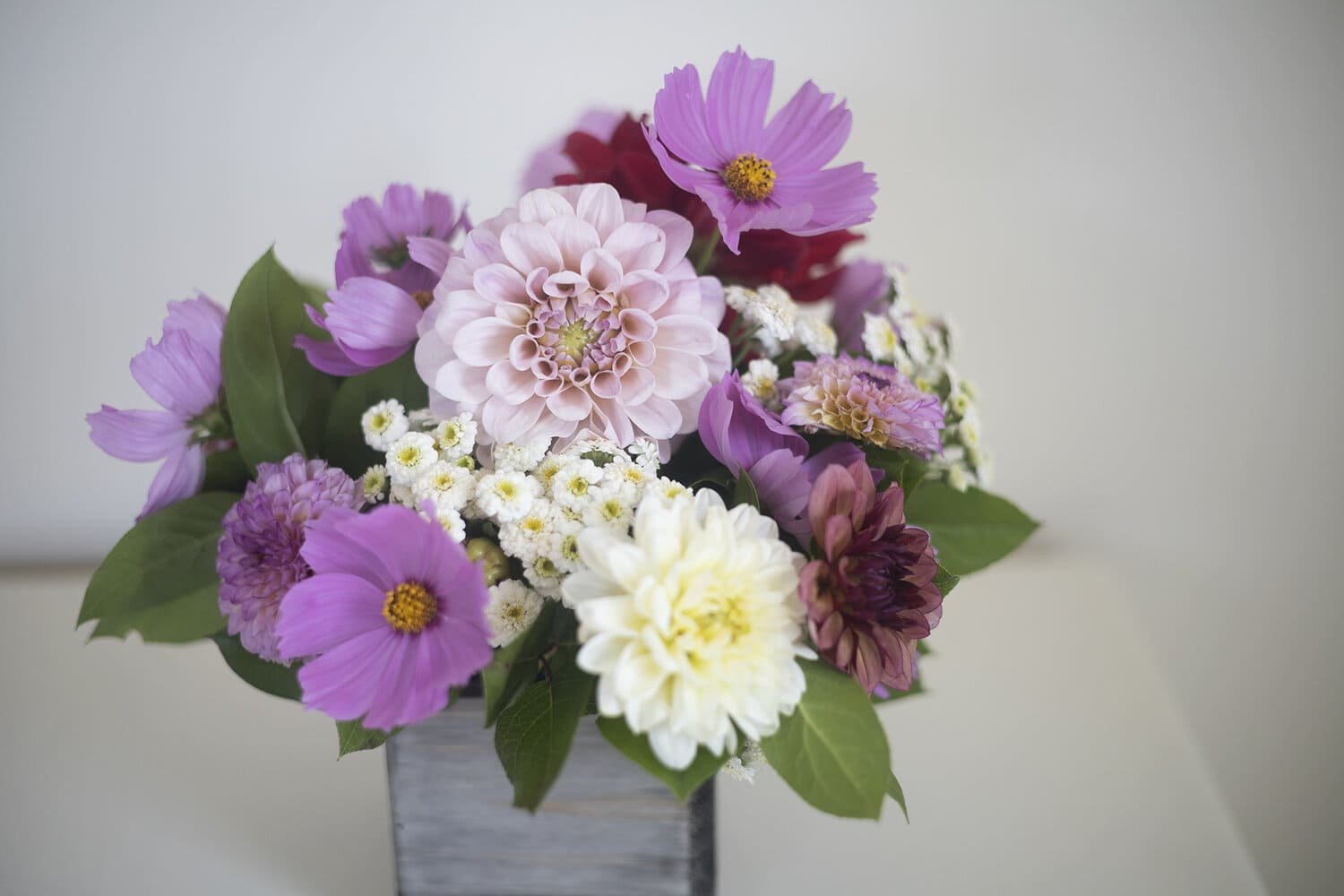Grow A Fall Vegetable Garden
By Sara Haller and Tegan Durfee
Certain vegetables need to mature when the weather is cool, after the heat of summer has passed, and so can only be grown in early spring or started in the summer so they mature during the cool fall months. Planting a late season garden is very rewarding because it’s easy to produce a lot of wonderful produce that is quick to grow and very usable in the kitchen. Cool season crops can withstand light frost. Some, like kale and cabbage, can even handle winter snows.
Crops for the fall garden include:
carrots lettuce broccoli kohlrabi
beets peas cabbage kale
turnips cauliflower radishes
Your first step is to identify your first frost date for the up and coming fall and winter. You’ll want to look up online when the first expected frost date is for your area, or in simpler terms, the first day of the autumn season where the temperature drops to 32 degrees (freezing) or lower. If you haven’t planted your crops soon enough for their needs, they could be too young to make it to maturity before consistent frost sets in for the winter.
Once you know the first frost date you will then look at the “Days To Maturity” on your seed packet and count that many days back from your last frost date. So, if your lettuce matures in 65 days and your first frost date is October 10th then you would plant around August 6th.
Once you’ve decided on your crops and figured out when that frost will come, its time to pick a good, sunny spot in your backyard with plenty of room for your garden. You’ll want to make sure the ground is tilled (broken up) and loose so you have no problem planting your seeds. Sprinkling some fertilizer or fresh compost onto this freshly tilled soil is a great way to get the most out of your garden. Something quick and easy from the store is just fine, fertilizers like MiracleGro Plant Food, and Osmocote Smart-Release Plant food work great!
When deciding which crops should go where in your garden, think about the end result of the crop itself and how large it will get. Taller plants should be laid out on the north end of your space so that they won’t shade shorter crops.
Get a paper and pen and draw out where each crop will sit. Look at packets for spacing recommendations. Carrots space 3-4 inches apart and ¼ inch deep with rows 1 foot apart, radishes space 1 inch apart and ½ inches deep, beets space 1-2 inch apart and ½ inch deep, lettuce (depending on the kind you choose whether it be leaf lettuce, cos and loose-head types, or firm headed) plant 4-16 inches apart in the rows and cover the seeds with ½ inch of soil, peas plant 2 inches apart and 1 inch deep, and finally kale needs to be planted 18-24 inches apart and ½ inches deep.
If you’re worried at all about how much spacing to give each crop, in each individual row lay out a measuring tape and sow your seeds matching the spacing for each crop.
Once your garden is sown, use a shower setting on your garden hose and gently water your garden so the soil is nice and saturated but don’t use a heavy stream on your hose setting or it can wash your seeds away. Depending on how hot it is you may overhead water for 5 minutes or so a few times a day until they germinate. Your seeds cannot dry out even once or they will not germinate so keep a close eye on them until they come - usually about 4-5 days. Once seedlings emerge you will begin to water less frequently until you eventually water deep once a week. At that point it’s optimal to water from below using drip irrigation or trenches with a soaker hose.
Watering is a balance. You don’t want to overwater or underwater. If you find your garden is looking a little drenched or dry, dig your index finger into the soil in the middle of your garden patch down to your second knuckle, if the soil down there still feels damp let your garden bask in the sun a little longer and dry out just a bit more. Overwatering plants can be almost as damaging as not watering them enough.
Once your plants are established, keep an eye on weeds and spend a minute each week keeping them down. You don’t want those little veggie seedlings to compete with anything for nutrients from the sun, water, or soil. It’s a great way to stay active and get outside.
Harvesting will begin in September and extend into October and anywhere in-between depending on the crop you’ve planted. Nothing feels better than the heft of a woven basket filled with hard work and fresh food.
In the above paragraphs we mentioned a few crops we’re focusing on, here is a quick view on when to harvest these: Carrots-harvest during a cooler time of the day, and when the carrots reach ½ in size in diameter. Radishes-harvest when they reach 1 inch in diameter. Beets-golf ball size or larger. Lettuce-harvest leaves when they’re full sized but just before maturity for the best tasting harvest, and start from the outside of the head and work your way in. Peas-Use two hands to steady the vine and pluck off the pod without damaging the whole plant and harvest early in the morning. Kale-The leaves will get around the size of your hand when they’re ready to be harvested, start from the lowest part of the plant and harvest fistfuls.
5 Vegetables to Grow in Your First Garden
Are you new to the world of gardening? Don’t worry--you’re most certainly not alone! Every master gardener was a beginner at one point. The best thing you can do is just start! Here, we’ll tell you about five veggies that are great for someone just starting out.
1. Zucchini Squash
Talk about a producer! One plant will give you enough zucchini to feed a family. Zucchini does well in a variety of soils and a single plant will produce multiple squashes. It’s awesome chopped up into soups and sauces, or sautéed in butter. You can use it as a side dish or even make it into bread! That’s why growing it in your garden can be so useful. This is a great one for beginning gardeners.
So what do you need to know before you start? Zucchini like rich, well-drained soil the most (as do most plants) but they can still do okay in all different kinds of soil. They like heat and do best sown well after frost is passed. Growing two plants fairly close together so that they’ll pollinate each other will really help them thrive. I would try Black Beauty as a great variety to begin with. It is famously reliable and will do well almost anywhere.
2. Tomatoes
If you’ve never had home-grown tomatoes, you’re missing out. There is nothing to compare to a home grown tomato. Store bought doesn’t come close. Tomatoes from your garden go perfectly in pasta and other dishes, or just by themselves fresh off the vine. With lots of varieties to choose from, you’ll have plenty of options for your garden this year.
Tomatoes are most often transplanted from containers to the garden itself. They have a long growing season, and are one of the most productive plants you can grow in your beginner garden! There are all kinds of methods to getting bigger and better production but even the most novice gardener will get some nice tomatoes as long as they give their plants enough sun and keep things watered. Seeds are easy to start in an egg carton or some cups at the windowsill until frost has passed. Romas have less juice and so are great for making salads and bruschetta, Black Cherokee is famous for it’s amazing flavor, and Marglobe is a good all around classic. Those might be a few good ones to try. Cherry tomatoes are also lovely in salads or just to pop in your mouth.
3. Bush Beans
Every little garden should have some bush beans in it. They take up very little space, are easy to get up, and will give you loads of AMAZING beans for a long time throughout the summer months. If you don’t like string beans then you’re probably thinking of the little wilted green/gray slop that comes out of a can from the grocery store that are tolerable in casseroles. Fresh garden beans are a whole different ball game. Boiled over the stove until they’re soft and sprinkled with salt and butter, you will feel like you’ve died and gone to heaven. I like to grow a combination of green and yellow. Blue Lake Bush and Golden Wax are both awesome, and you should have lots of success with them.
4. Lettuce
Lettuce is really fun to grow because it has such a short span of maturity. In 55 days you’ll have beautiful fresh lettuce on your table. It is an extremely diverse family of vegetables with everything from little micro greens to big heads of iceberg lettuce. Lettuce is best grown in the spring and fall chill. If grown in the heat of the summer it will usually be bitter and go to seed. These plants prefer sun but can do well with a little shade. If planting an outdoor garden isn’t an option for you right now, you can even grow lettuce indoors at a sunny window! Some great classics to start with are Buttercrunch, Vates Kale, and Green Spinach.
5. Peppers
Peppers can really grow well in a variety of places, even without full sun depending on the variety. When I was a missionary for the Church of Jesus Christ of Latter-day Saints I was assigned to work in Kentucky to learn Spanish so that I could work among the Spanish speaking congregation. Hispanics often LOVE hot peppers and they are commonly used in almost everything they cook. I used to love going up to the doors of the most forgotten little apartments or trailers and noticing a little pepper plant next to the door or at the side of a house.
Jalapeño plants will give you dozens of these little green gems that you can mix into salsas, sauté for burgers or make into poppers. A lot of varieties have beautiful shiny green foliage that mix in beautifully to bouquets and arrangements. It’s best to start seed indoors and then transplant out. Don’t be intimidated about seed starting. You can just get any kind of container lying around the house and push the seeds into the soil. In a couple of weeks you’ll see happy little sprouts peeking out their heads and soon enough will have your own delicious peppers. A few good varieties to start with are Hot Tam Jalapeño and California Wonder.
Which vegetable do you want to start with? Let us know in the comments below! We would really appreciate you using our hashtag in your Instagram posts #growhalden. We love to see what you are doing in your garden.
































